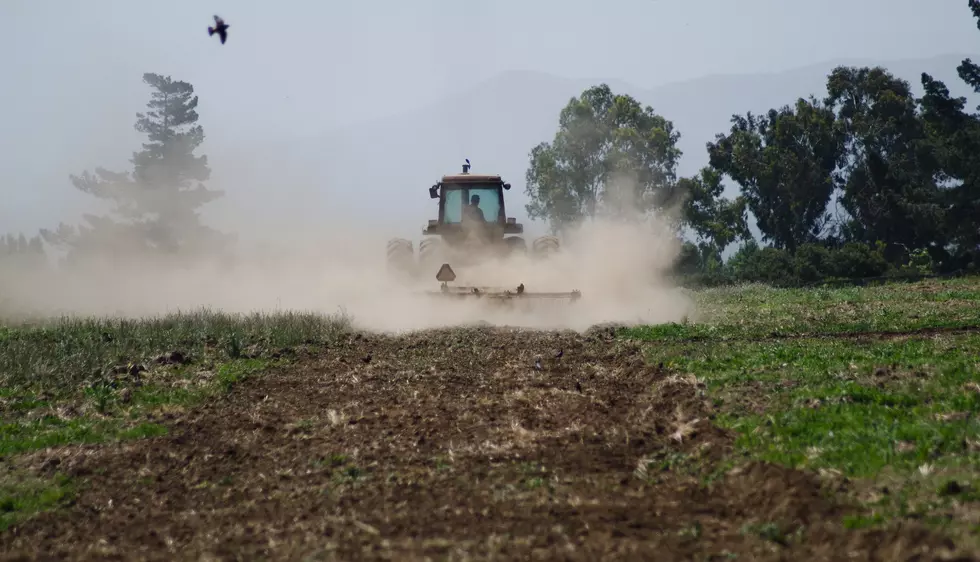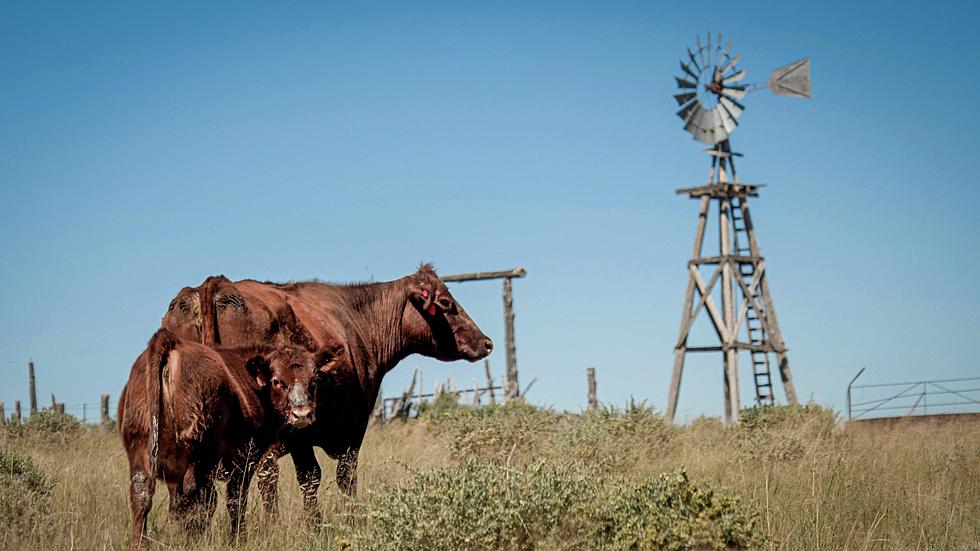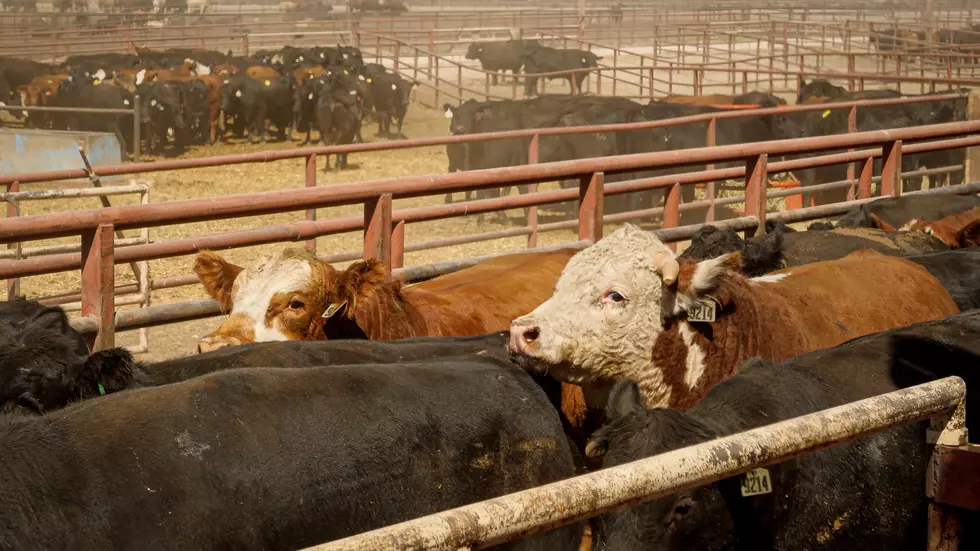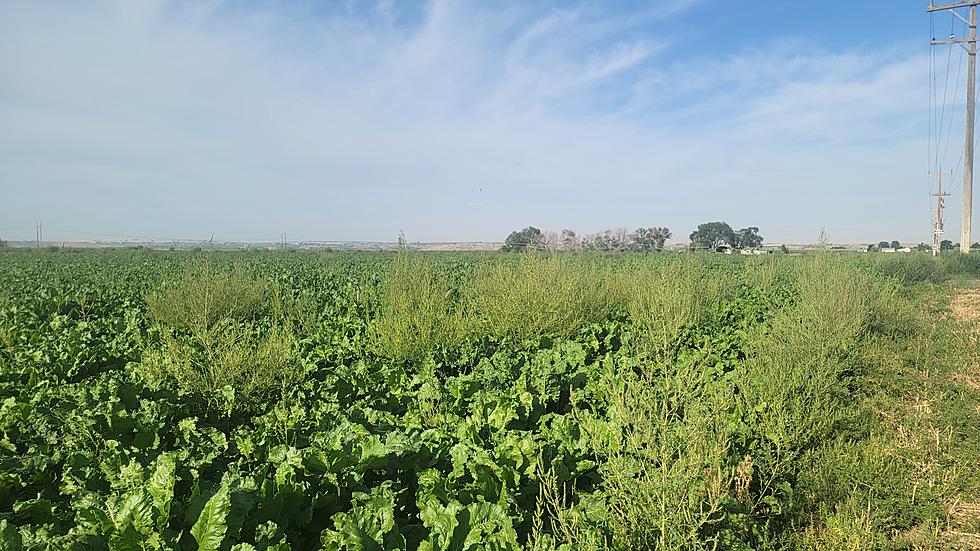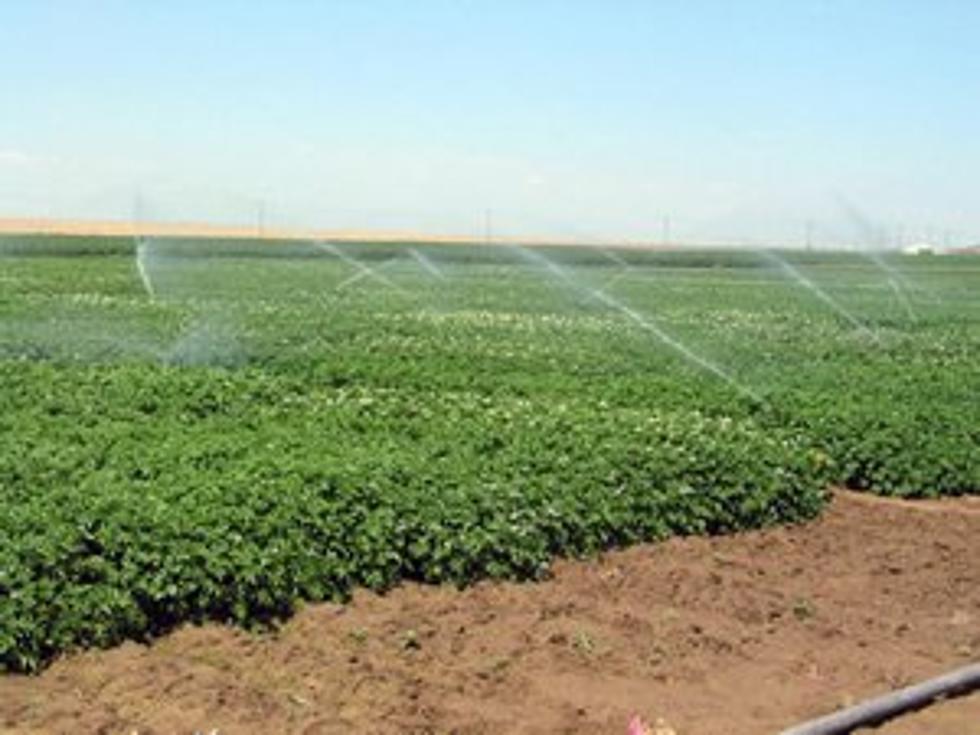
University of Idaho Rolls Out New Virtual Fencing Option
In the world of virtual fencing, ranchers now have one more option. Researchers at the University of Idaho recently announced a less expensive alternative to GPS technology. Commercial virtual fence systems deliver an electric shock to a cow’s neck when the animal approaches a virtual barrier, eliminating the need for wire fencing by relying on GPS technology. However, these systems currently require subscriptions and on-the-ground signal towers. Virtual fence systems also require routine updates, battery replacement, recharging plus, additional equipment costs which can run several hundred dollars per cow.
The University of Idaho’s Karen Launchbaugh said her team went to work on a more cost-effective system.
"We just kept thinking, this seems like a lot of technology, like it could be simpler. We just kept thinking, why use GPS. Why use this energy hog of a GPS collar. Why not make it really, really efficient."
Her team came up with a virtual fence system that uses proximity sensing technology. The electric shock is sent to the ear of the animal instead of the neck. In addition, radio waves are used in place of GPS technology.
"What I see ranchers being able to do is do a lot of simpler things on the landscape, like create virtual gates, virtual cattle guards, keep animals out of springs, keep animals out of poisonous plants, keep animals from crossing a stream where a fence tries to keep them from crossing.”
Launchbaugh contends their virtual fencing system is cheaper, less energy demanding and more durable.
If you have a story idea for the PNW Ag Network, call (509) 547-1618, or e-mail glenn.vaagen@townsquaremedia.com
More From PNW Ag Network



